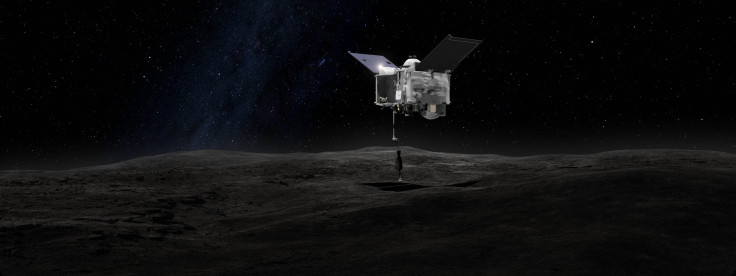OSIRIS-REx Launch Live Stream: Watch NASA’s Asteroid-Bound Spacecraft Take Off For Bennu

NASA’s asteroid-sampling spacecraft — Origins, Spectral Interpretation, Resource Identification, Security-Regolith Explorer, or OSIRIS-REx for short — is set to take off from Earth on Thursday evening for its date with Bennu, a near-Earth asteroid.
Even though the asteroid is classified as near-Earth, it will still take OSIRIS-REx about two years to reach it. After orbiting the Sun for a year, it will reach Bennu’s orbit in 2018, after which the spacecraft will spend about nine months orbiting the asteroid before getting “closer to the surface in preparation of the sample collection event. Once the sample site has been selected, OSIRIS-REx will break from its polar orbit to practice three flyovers of the site at increasing proximities, eventually matching Bennu's speed and rotation.”
Compared to OSIRIS-REx’s flight till this point, the descent to the asteroid’s surface will be excruciatingly slow — a few centimeters per second. An outstretched arm from the craft will blow pressurized nitrogen gas on to Bennu’s surface, which will force dirt, dust and loose rocks upward into an open orifice in the spacecraft. OSIRIS-REx will leave Bennu in March 2021 and the collected samples will return to Earth in September 2023.
Bennu was specifically chosen not only for its relative proximity to Earth but also for its size and being carbon-rich. The samples will help scientists study the chemical and mineral composition of a primitive object from the Solar System, which could further our understanding of the origin of life as we know it.
A United Launch Alliance Atlas V rocket will be used for the launch, which will take place at Cape Canaveral Air Force base in Florida at 7:05 p.m. EDT Thursday. NASA will livestream the launch.
© Copyright IBTimes 2024. All rights reserved.





















